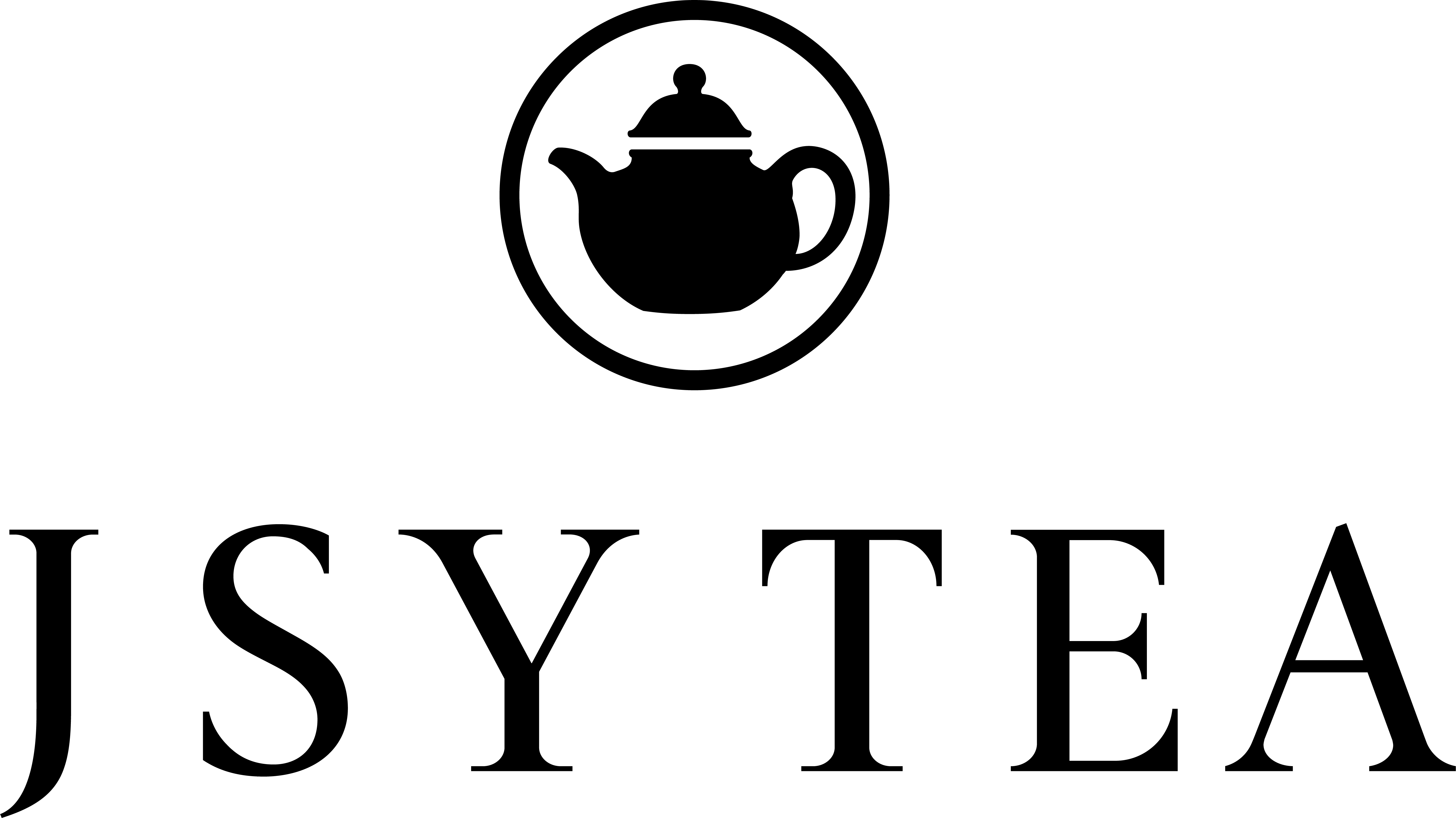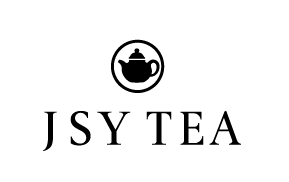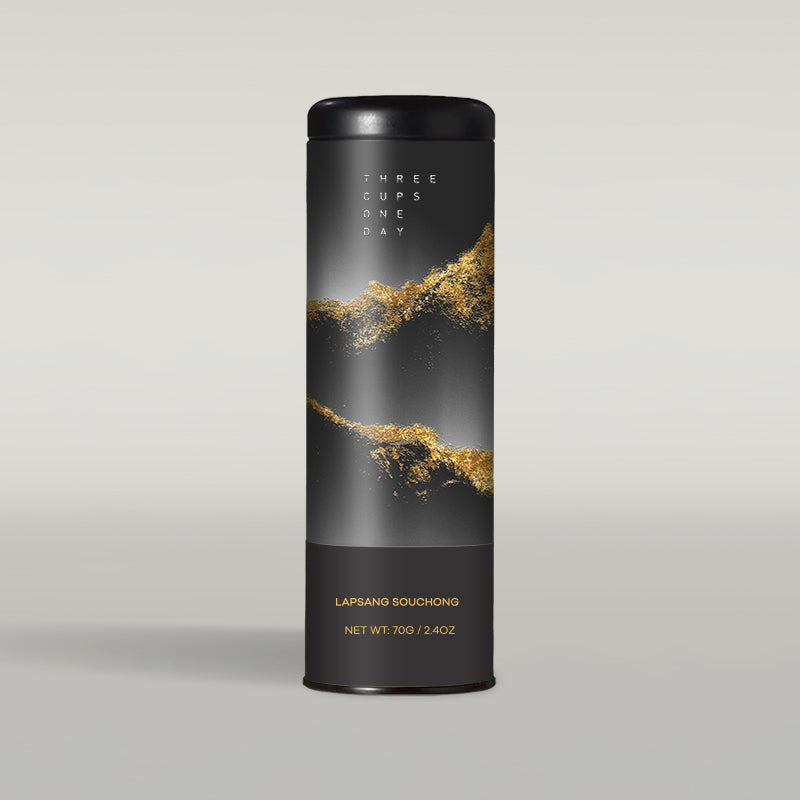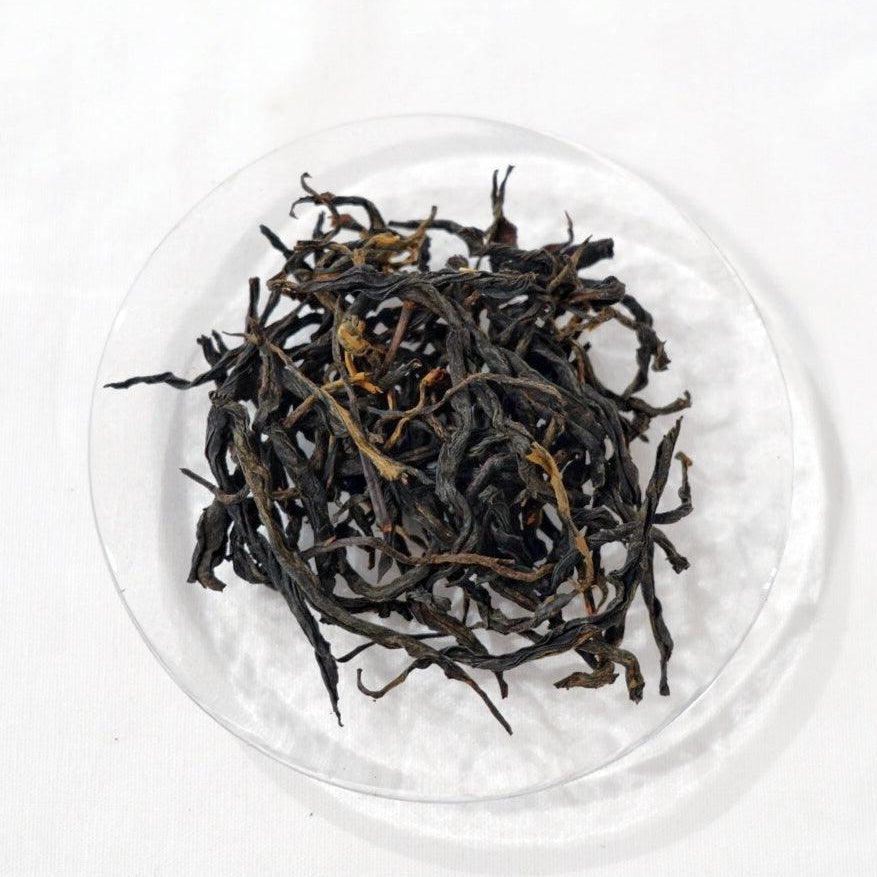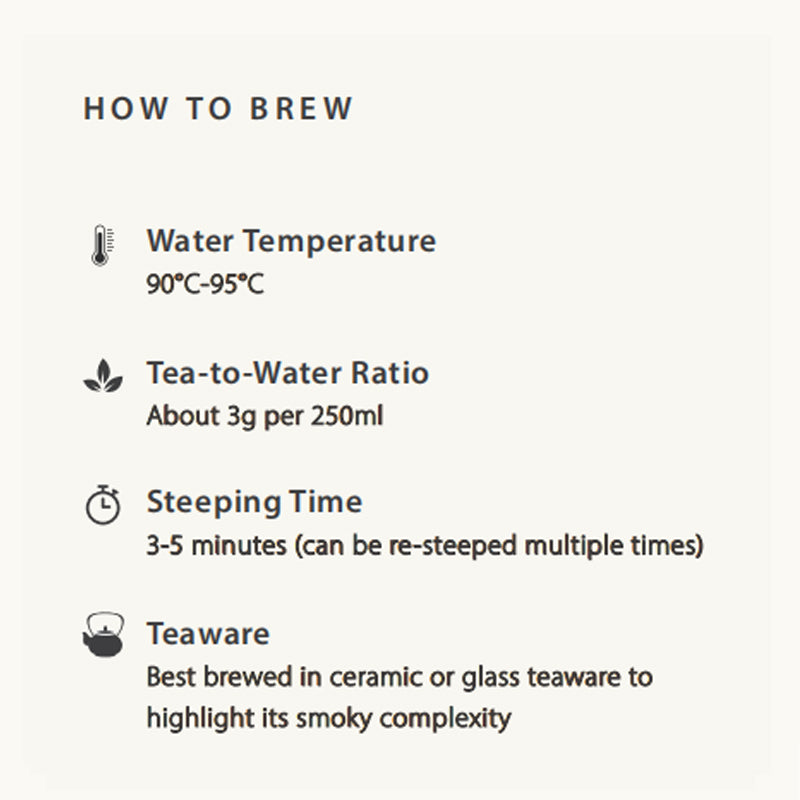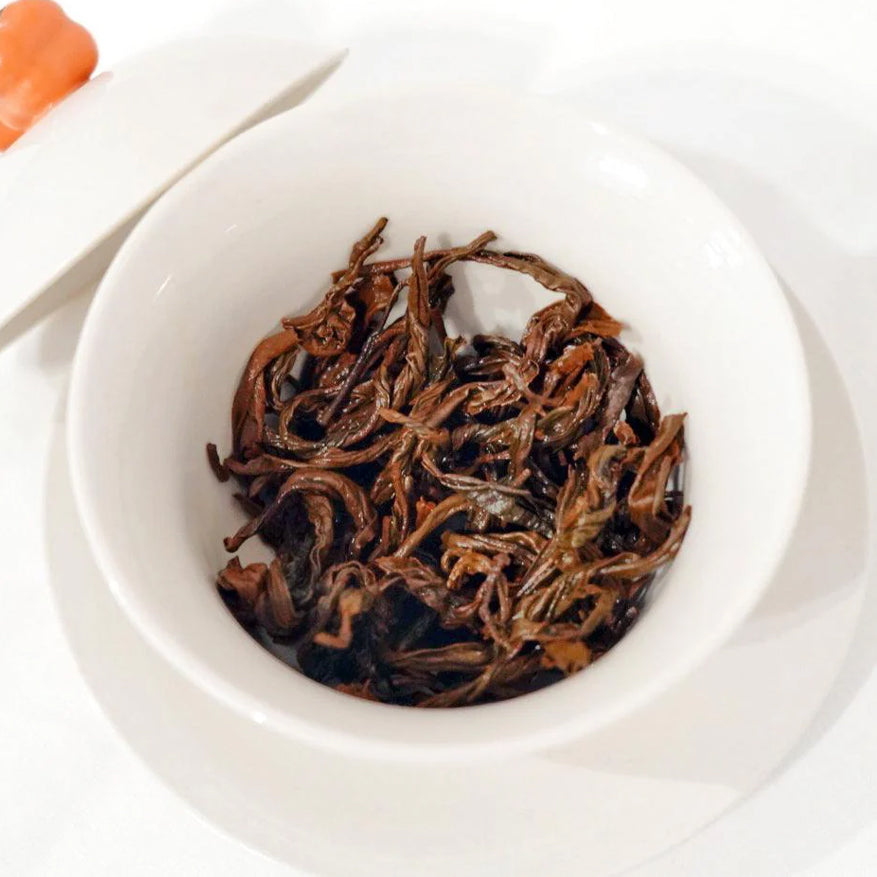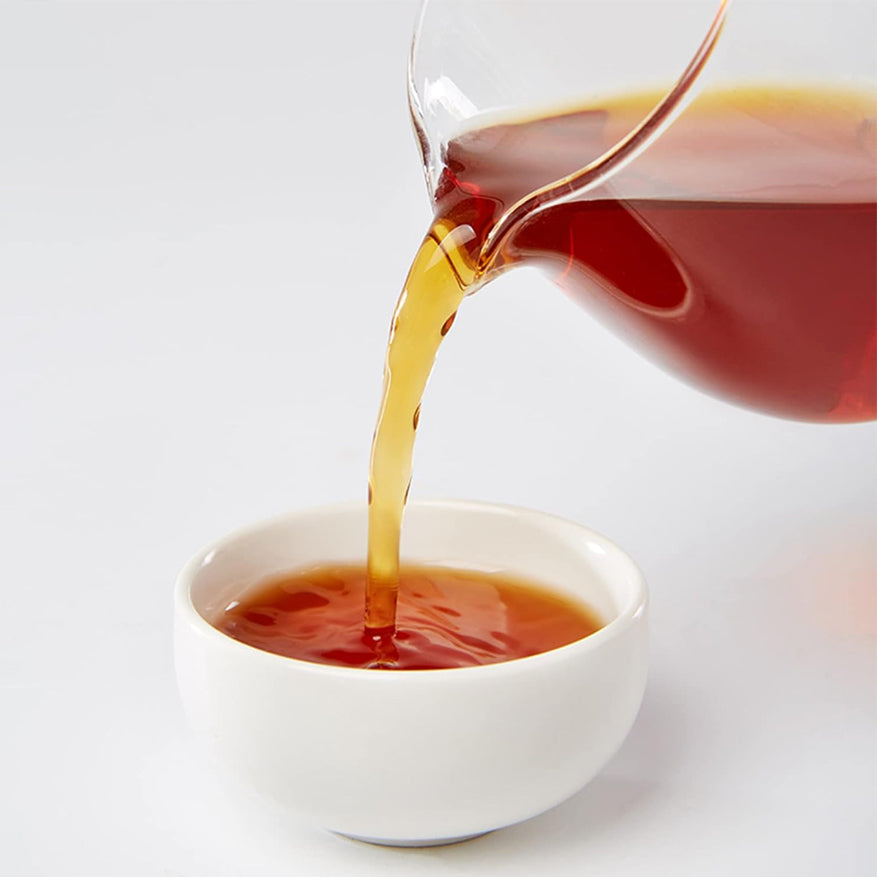Smoked Lapsang Souchong Black Tea 70g Tin Loose Leaf Chinese Tea
2
sold in last
8
hours
$50.00
Free Shipping
Free standard shipping on orders over $99
This popular tea set has a "strong smoky flavor" and is an excellent match for any delicious breakfast. You can also soak it several times, but be careful that the longer the soaking time, the stronger the taste.
One of the most important benefits of Lapsang Souchong Black Tea is that it can help resist the effects of caffeine, which is often the main cause of low energy levels. In addition, Lapsang Souchong Black Tea is also known for its ability to enhance the immune system.
TASTES:
Smoky, malty, and sweet, with hints of pine, caramel,and spice.
BENEFITS:
Supports digestion, circulation, and energy levels,
HOW TO BREW:
-
Water Temperature
90°C-95°C
Tea-to-Water Ratio - About 3g per 250ml
-
Steeping Time
3-5 minutes (can be re-steeped multiple times)
-
Teaware
Best brewed in ceramic or glass teaware tohighlight its smoky complexity.
